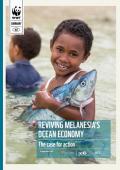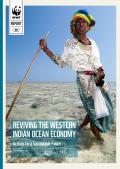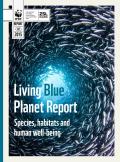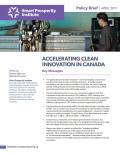
During the past few years, the term “Blue Economy” or “Blue Growth” has surged into common policy usage, all over the world. For some, Blue Economy means the use of the sea and its resources for sustainable economic development. For others, it simply refers to any economic activity in the maritime sector, whether sustainable or not.
Despite increasing high-level adoption of the Blue Economy as a concept and as a goal of policy making and investment, there is still no widely accepted definition of the term. To fill this gap in shared understanding about what characterises a sustainable Blue Economy, and to help ensure that the economic development of the ocean contributes to true prosperity, today and long into the future, WWF has developed a set of principles.




The global demand for clean innovation – new technologies, products and practices that improve environmental performance – is rapidly growing. Accelerating the pace of clean innovation in Canada is not only an important tool for meeting climate and environmental goals, it also represents a critical economic opportunity across all Canadian sectors.
Canada’s cleantech sector can tap into a fast-growing global market that is expected to be worth as much as C$2.5 trillion by 2020. Resource and manufacturing sectors can also gain market advantage through clean innovation. For example, McKinsey estimates that improvements in energy and resource efficiency will represent a C$3.8 trillion economic opportunity by 2030.
This research initiative seeks to define the clean innovation opportunity, evaluate the strengths and weaknesses of Canada's performance, and to identify the key opportunities for public and private actors to accelerate the pace of clean innovation.
